Are you frustrated by a door that won’t stay shut? You are not alone. This is a pretty common problem and it comes about due to a misalignment between the latch and striker plate.
The upside is you can get the door to work properly by trying a couple of relatively easy fixes. If you were thinking of tossing out the lock hardware, don’t do it yet.
Below, we detail simple step-by-step instructions on how to fix a door that won’t latch—try them and you probably won’t need a new lock.
Tools
These are the tools you will need to fix your door:
- Philips-head screwdriver
- Hammer
- Chisel
- Utility knife
- Putty knife
- Hand drill
Materials
- Toothpicks
- Superglue
- Wood filler
Step-by-Step Guide on how to fix a door that won’t latch
Follow these steps to repair a door that won’t latch.
Step 1. Determine the problem
Everything from a latch that sits too low in the strike plate, a sagging or elevated plate, or lose hinges can prevent the door from shutting close.
Check for misalignment problems by closing the door and closely watching how the latch locks into the strike plate. If it locks too low, you will need to readjust the position of the plate.
Step 2. Assess the hinges
Loose hinges can cause the door to sag, which affects the door’s locking mechanism.
- Using a screwdriver, tighten loose screws on the hinges. Be careful not to make the screws too tight as this can affect the door’s plumb and level measurements.
- If after adjusting the screws the door still won’t latch in place, remove one of the hinge screws and replace it with a longer 3’’ screw. This should pull in the door jamb on the hinge side, allowing the latch to sit snugly in the strike plate hole.
- If the problem is a latch that sits too low in the hole, replace one screw at the top hinge to lift the latch. To lower the latch, replace one screw at the bottom hinge.
Step 3. Push the strike plate down
- A common problem with door locks is a latch that sits too low on the striker plate. If this is the case with your lock, try lowering the plate to see if the latch fits properly.
- Point a chisel on the lower lip of the strike plate and gently strike with a hammer in a downward direction. This should push the strike plate about 1/8 inches down to accommodate the latch.
Step 4. Enlarge the strike plate hole
If tightening the hinges and lowering the strike plate doesn’t keep the door shut, you will have to remove the plate from the jamb and adjust its size to accommodate the latch.
- Using a screwdriver, unfasten the screws holding the strike plate to the jamb. Then, pass a metal file through the strike plate hole and move the file back and forth rapidly against the lower lip of the strike plate.
- Remove as much metal as you need to from the plate depending on how low the latch is. If the latch misses the hole by 1/8 inches, for example, you want to file down the hole by that much. The goal is to create enough clearance for the strike plate to house the latch.
- Reinstall the strike plate and see how well the door locks.
Step 5. Reposition the strike plate
- Consider changing the position of the strike plate altogether if the door still won’t latch. This step is a bit demanding but completely doable and should help resolve the problem.
- First, you will have to remove the strike plate from the jamb. Use a screwdriver to take out the two screws holding the plates to the jamb.
Step 6. Mark the new position
- Ideally, you want to reposition the plate in such a way that the latch hole does not overlap the old screw holes. To achieve this, try positioning the plate about and 1/8 or 1/16 inches down from the old screw hole.
- Holding the strike plate against the jamb, use a pencil to mark the new position where you want to install the hardware.
- Use the screw holes on the plate as a template to mark the position of the new screw holes on the jamb. This will help later on with drilling and subsequent installation of the hardware.
- In addition to marking the new screw hole position, be sure to trace a line along the bottom edge of the strike plate. This will help with chiseling out the new position in which to fit the plate.
Step 7. Fill in the old screw holes
This next step is a simple precaution to prevent screws or drill bits from accidentally wandering into the old screw holes.
- Using a putty knife, paint a little amount of wood filler on each of the two old screw holes. Allow to dry before proceeding to the next steps.
- If you do not have wood filler on hand, you could use glued toothpicks to fill the holes. Start by dabbing a very small amount of super glue at the tip of two toothpicks held together.
- Next, push the toothpicks as far deep inside the old screw holes as is possible. Repeat this process to fill the lower screw hole.
- Give the toothpicks about 10 minutes to adhere to the screw holes. Then, use a utility knife to trim off the hanging side of the toothpicks so that the remaining glued-in toothpick material is flush with the old screw holes.
Pro tip: Use a hammer to tap any little pieces of toothpick that may be sticking out. This will remove obstacles that may hinder the proper installation of the strike plate.
Step 8. Prepare the new screw holes for drilling
- Using a hammer and pinhole nail, make a small hole on each of the new screw hole positions you had marked earlier. This will help guide the drill bit.
- Increase the depth of the pinholes where you want to drill in the new screw holes. Attach a thin drill bit to your hand drill then gently follow the holes you had made earlier with the nail to drill the new holes deeper.
- Attach the next size drill bit and continue to drill the new screw holes. The goal here is to gradually enlarge the screw holes enough for the screws to fit while protecting the jamb from potential from damage.
Step 9. Cut out a new lower edge for the strike plate
Remember the line you had drawn underneath the strike plate to mark the new position? It is now time to chisel it out to make space for the new placement of the plate.
- Using a utility knife, gently cut along the marked line. The goal is to break off this little piece of wood here to create space for the strike plate. Run the utility knife along this line several times to create a gorge deep enough to fit the tip of a chisel.
- Point a chisel into the gorge and tap it with a hammer to loosen the piece of wood. Do this very gently to avoid damaging the door jamb.
- With the piece of wood out, use the chisel alone to create a clean wedge where the lower part of the strike plate will fit.
- Check how well the strike plate fits in the new position.
Step 10. Install the strike plate
- Using a screwdriver, insert and fasten a screw into each of the new screw holes to secure the strike plate to the jamb.
- Close the door to check that the latch locks into place.
That’s it! Fixing a door that won’t latch is really that simple.
Pro tip: Use a utility knife to trim out any piece of wood around the edges of the latch hole in the jamb. The jamb latch hole should be flash with the strike plate hole for the door to latch properly.
Extended Tips
Here are extra tips to get the most from your door locks:
- Periodically lubricate locks
When was the last time you lubricated your locks? Lock lubrication is often overlooked yet it is a super important maintenance routine. At least once a year, spray some lubricant in the keyhole and if possible in the deadbolt and latch assembly. It is best to use dry instead of petroleum-based lubricants.
- Check the condition of door closers
A poorly maintained door closer can keep a door from latching properly. When the door closes too slowly it might not latch and if it slams it could damage the locking mechanism. Be sure to adjust the closer’s back heck, swing speed, and latch speed.
A quick fix to get your door to lock properly
A door that won’t latch is definitely cringe-worthy but as you can see from the instructions we’ve provided, you don’t need the skills of a locksmith to fix this simple problem. That being said, be sure to take good care of your door locks—what starts as a small latching problem could snowball into a costly repair.
Have you tried to fix a door that won’t close shut? Do you have any questions or comments about this common problem? Please leave them below—we’d love to hear from you!

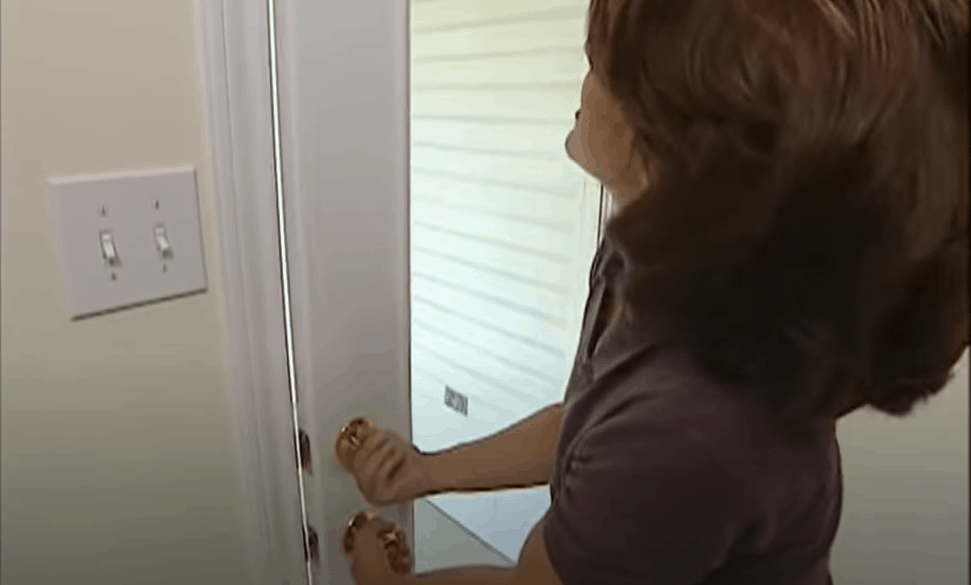
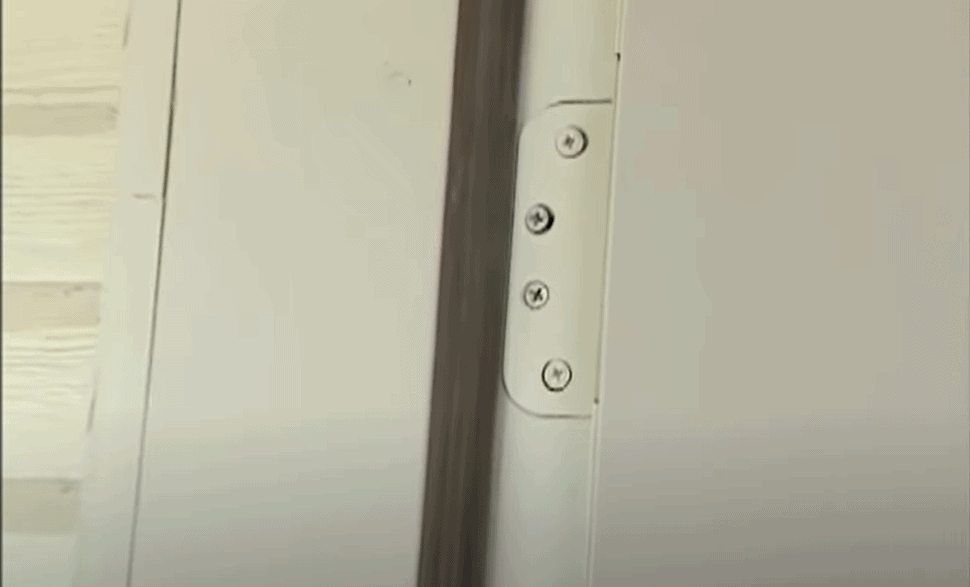

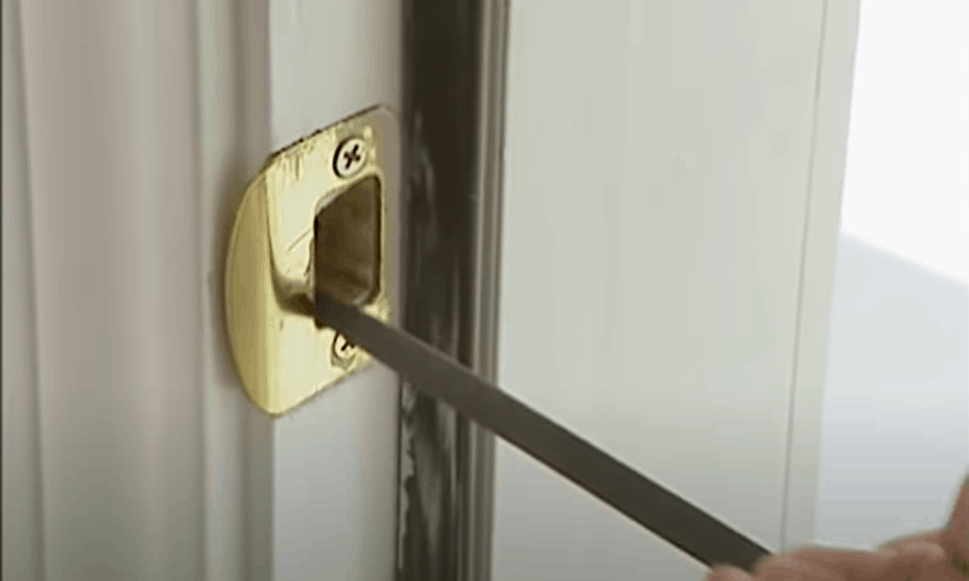
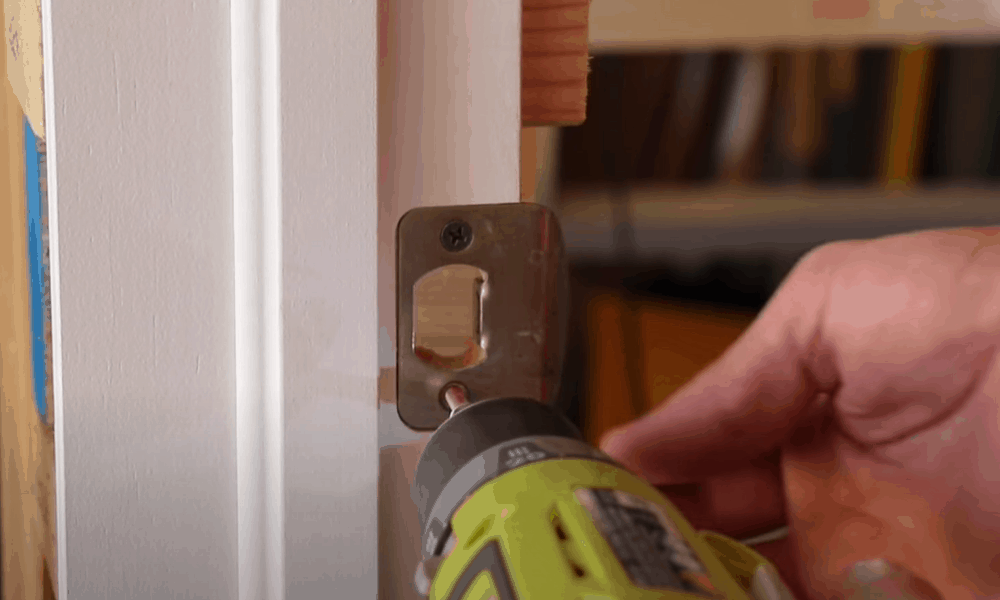
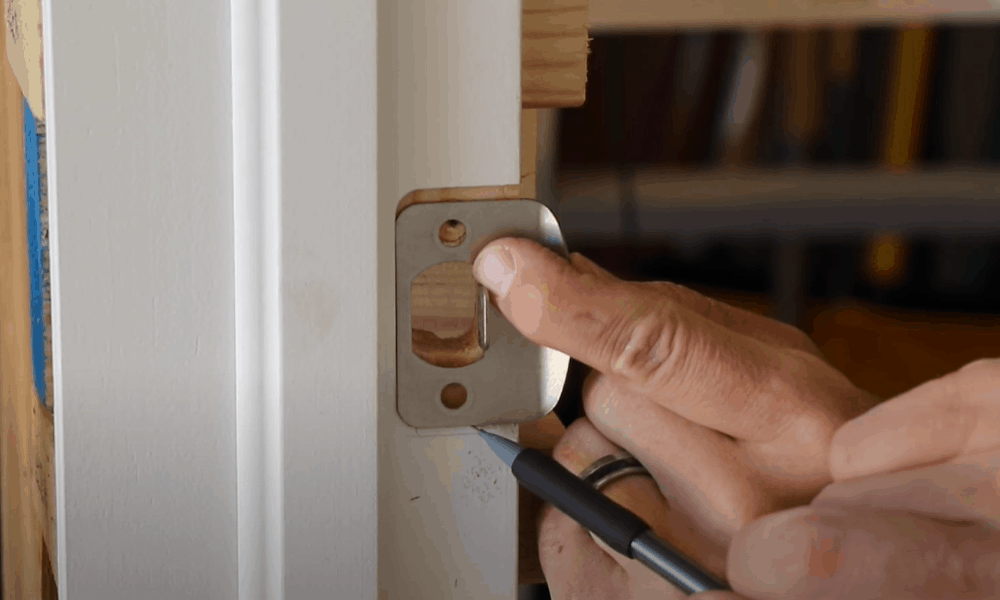
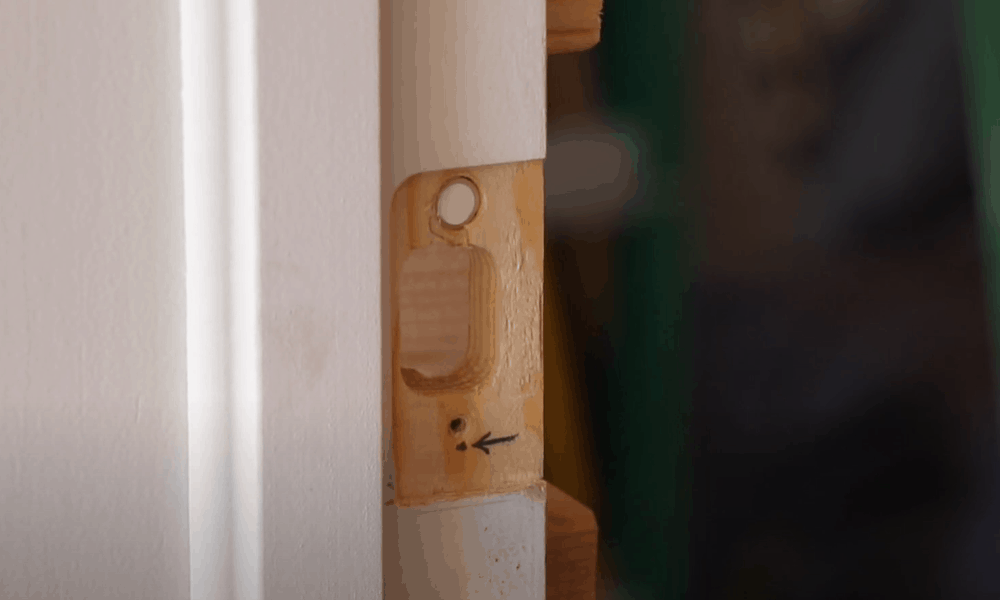
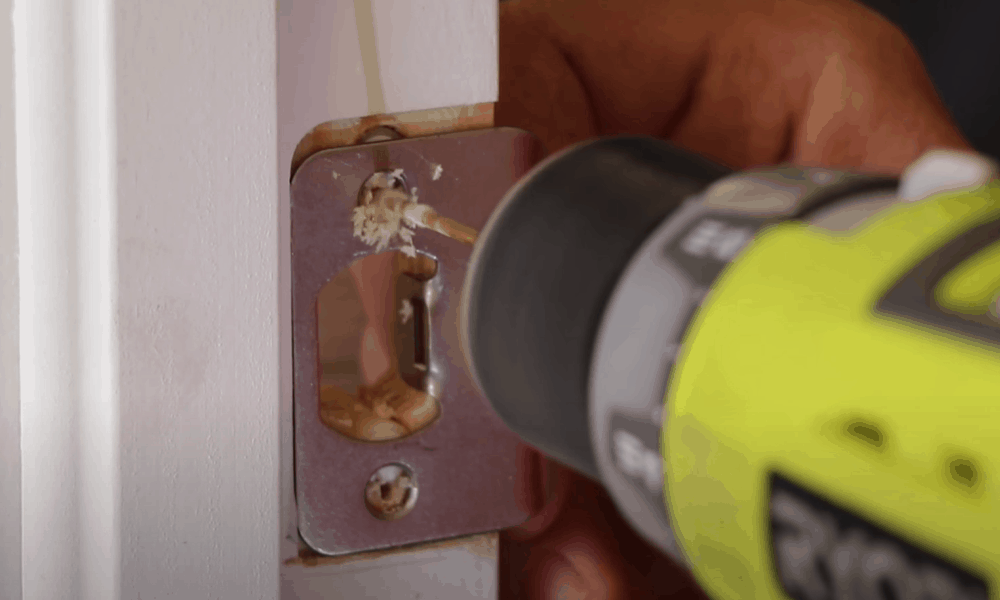
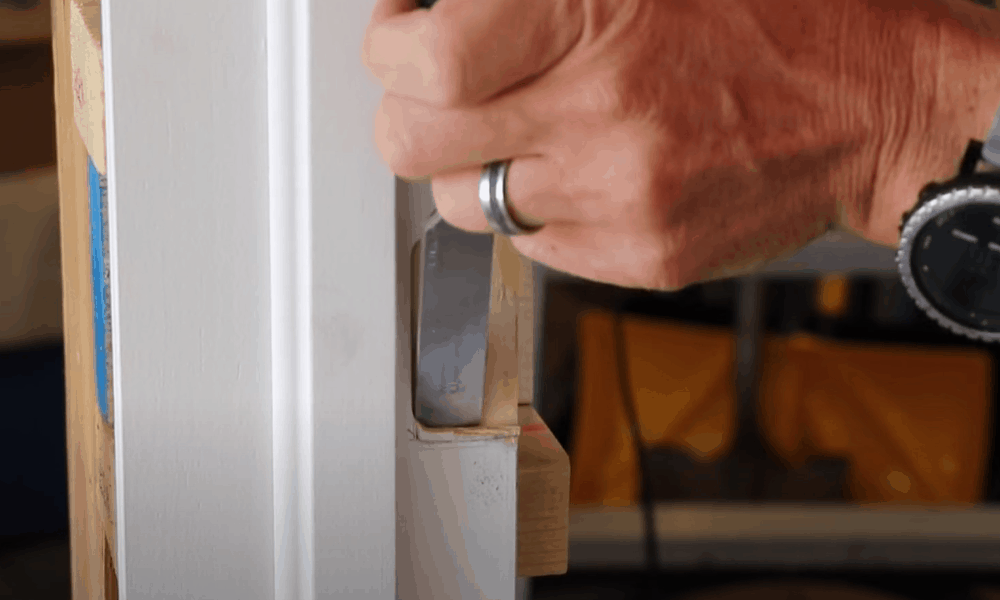
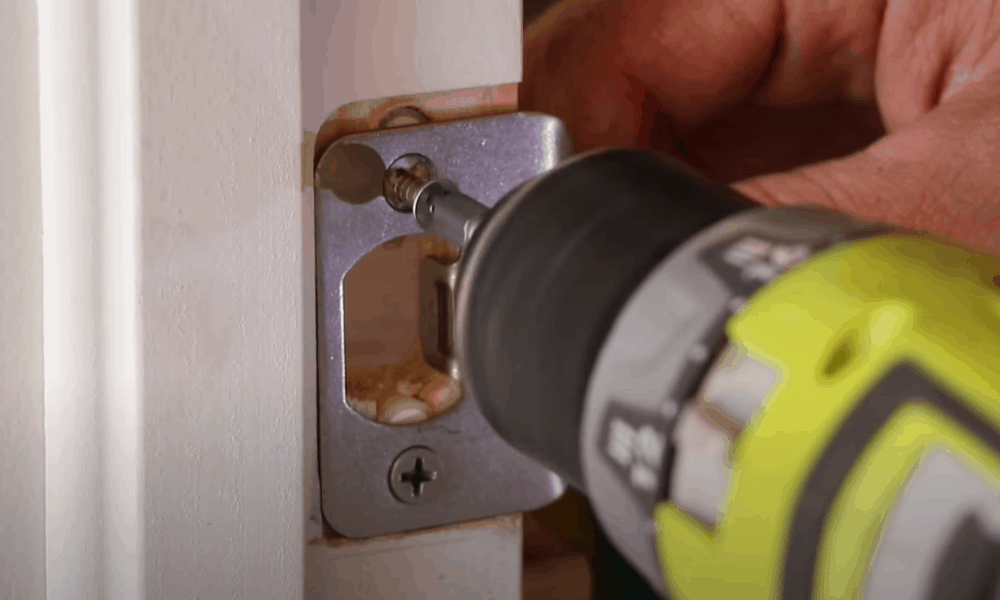
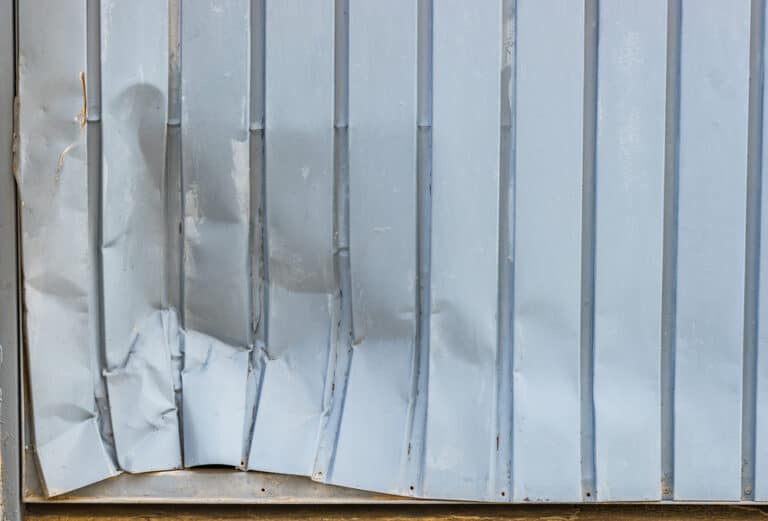

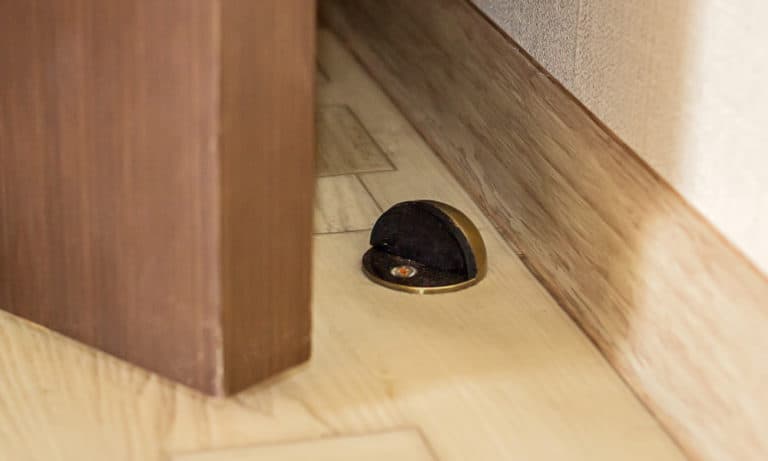
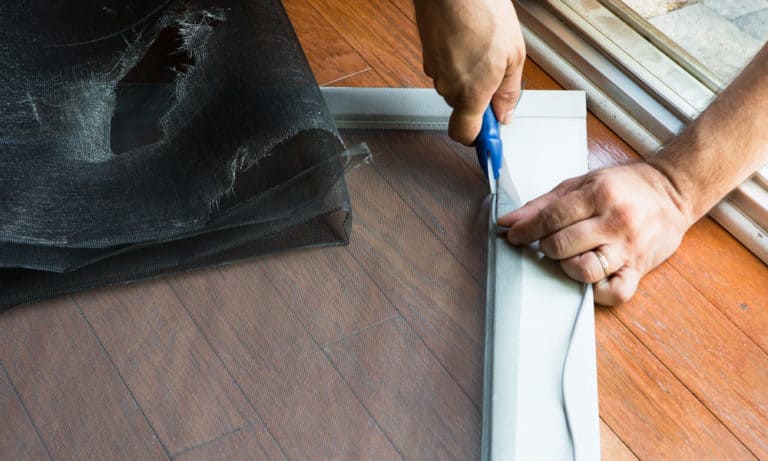
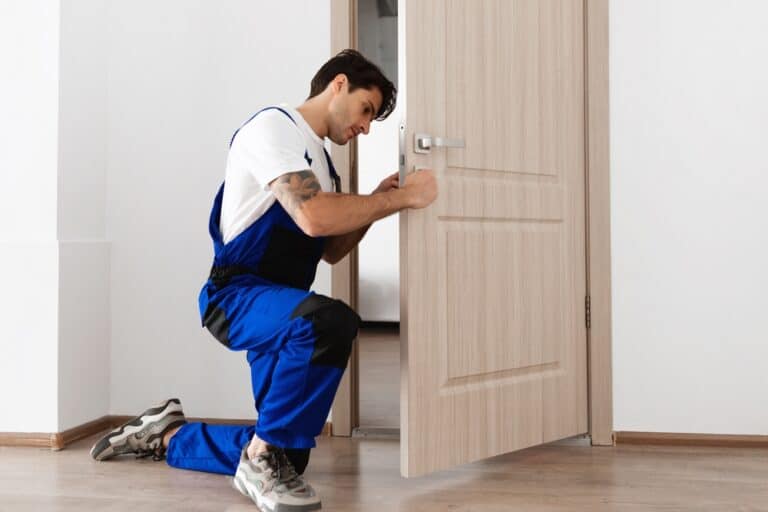
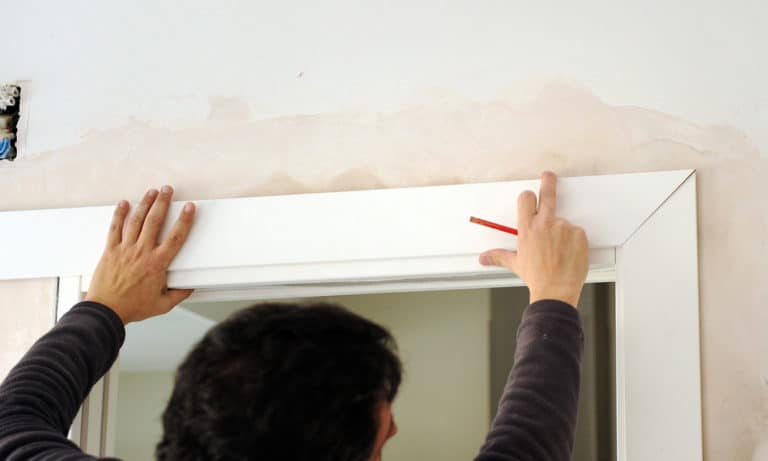
Good site for repairs
I’ve tried all these tips for the front door whose dead bolt gets stuck in the summertime as door jamb wood expands. In wintertime, door jamb wood shrinks. Shouldn’t have to move plate each new season. Have adjusted hinges too. Door sits crooked in frame. What do you suggest?
Adding a few new shims to the frame and checking to see if the jamb is still square (level) on both sides, might help this issue.
This is just what I needed. Gotta fix that door.
I’ve been looking for this exact solution. Glad I found it here. Now my door is latching properly.
I had a similar fix on my own but this one takes the cake. Thanks!
I had a similar issue before. A pair of pliers fixed it. Your list offers even more.
Can you suggest a more durable brand for hinges? Something that could take the weight of heavy wooden doors?
Never knew this before. Thanks!
Someone adjusted ALL of my Apartment building’s street-access doors so the lock won’t latch and a key isn’t needed to open/enter. (I have notified apartment manager, but they’ve yet to repair them).
How do you suppose they did this and can it easily be fixed so I can feel safe again ?!